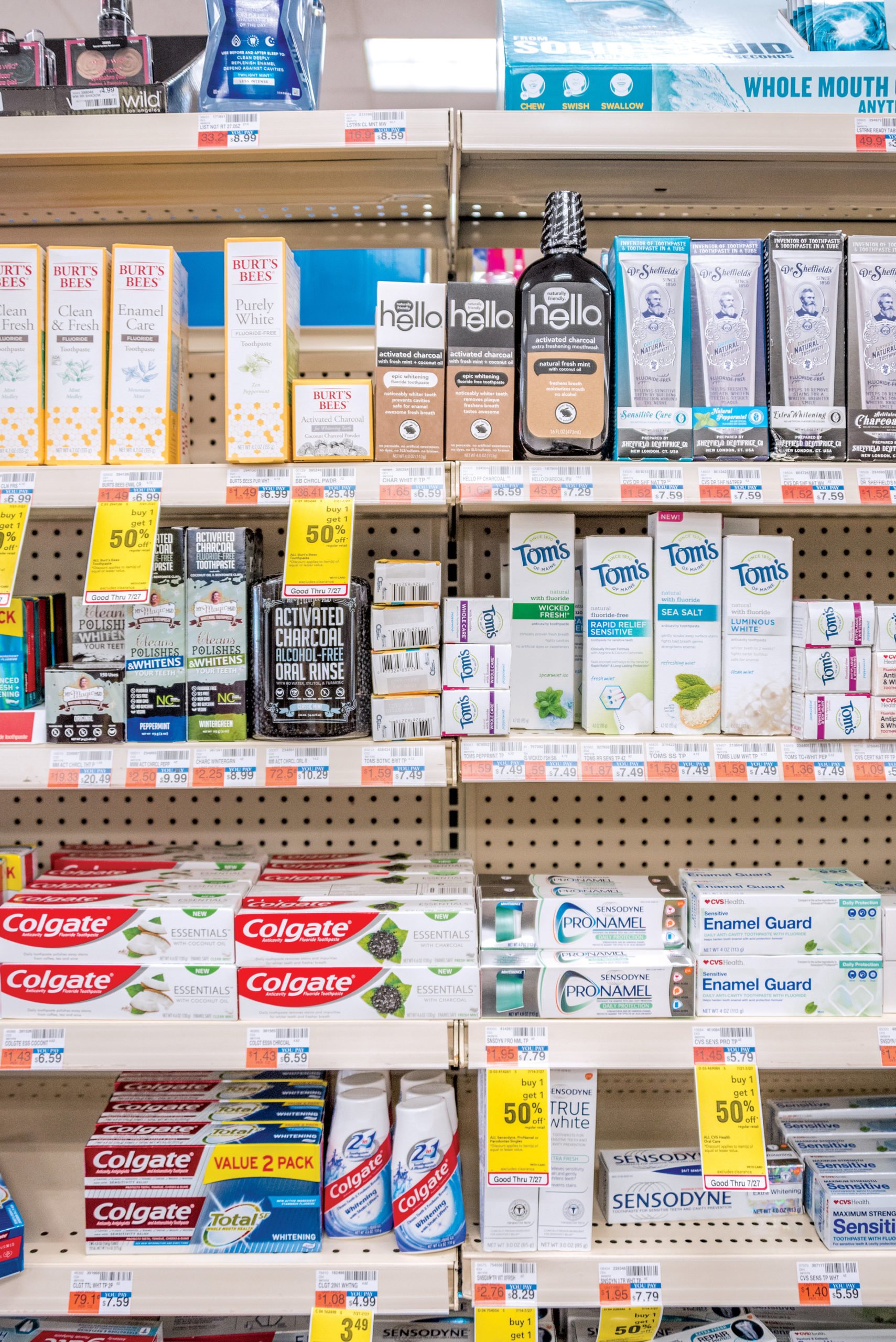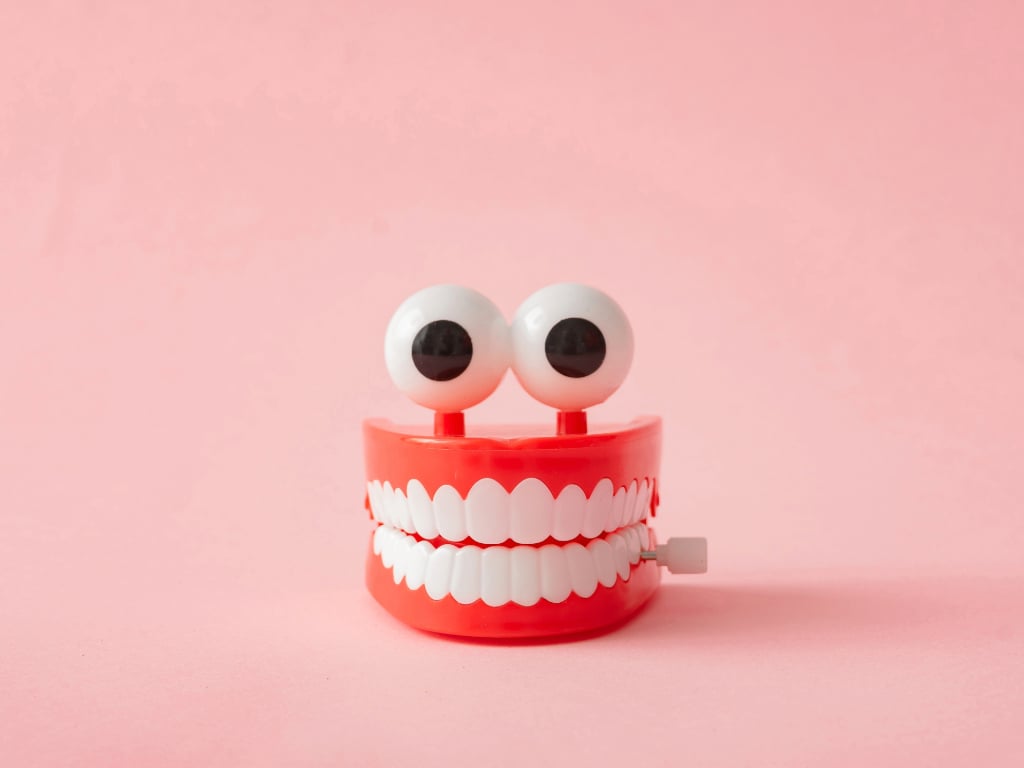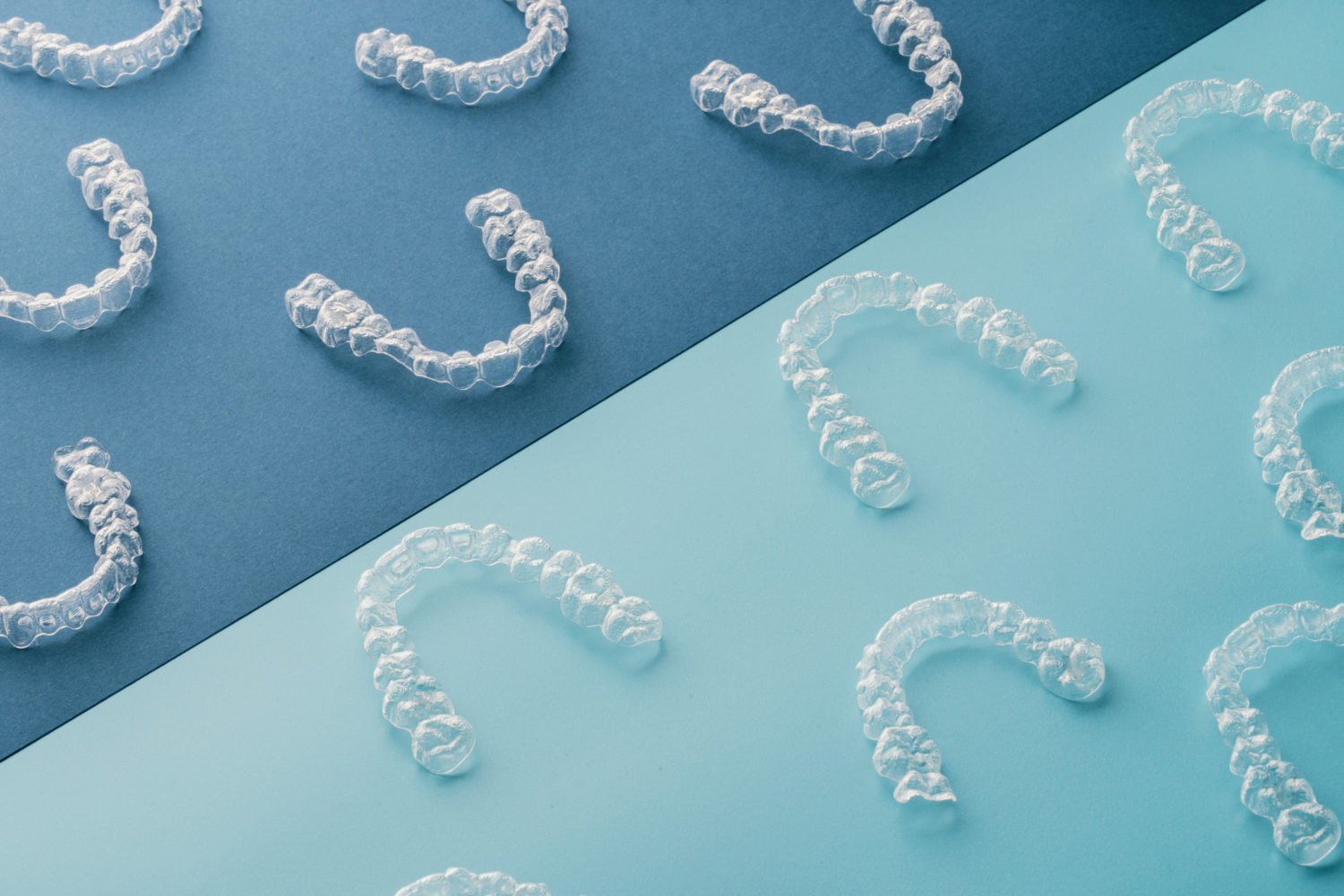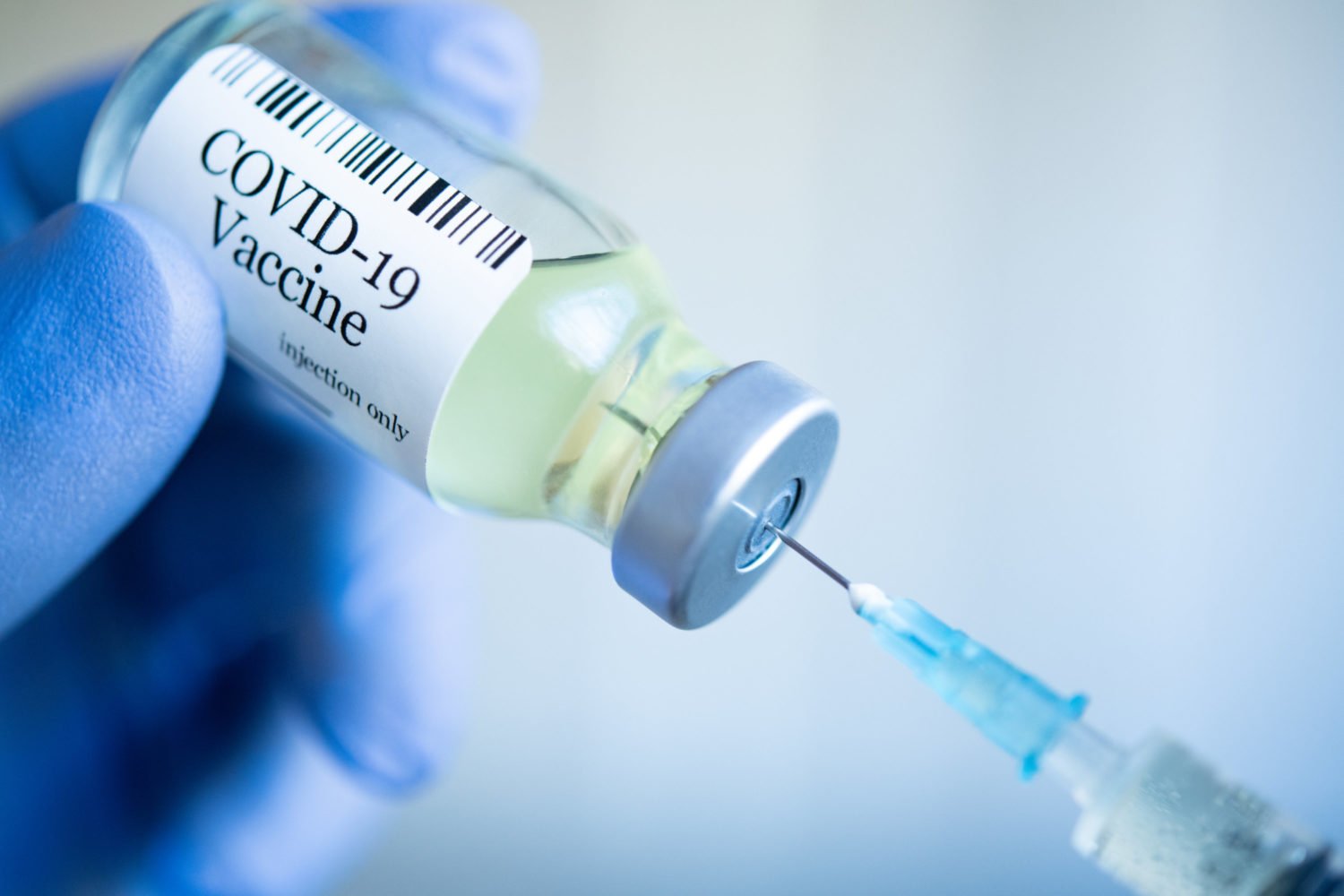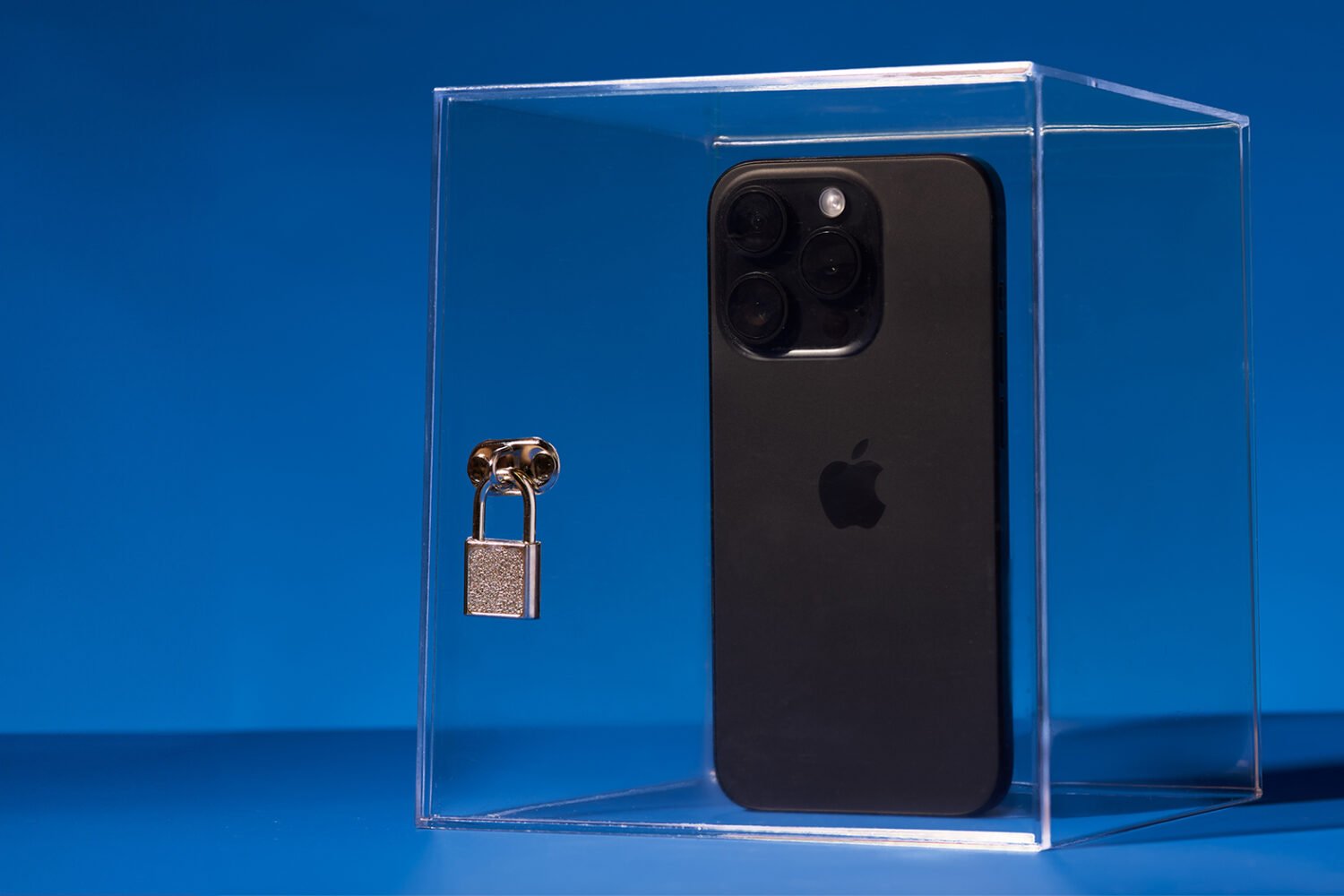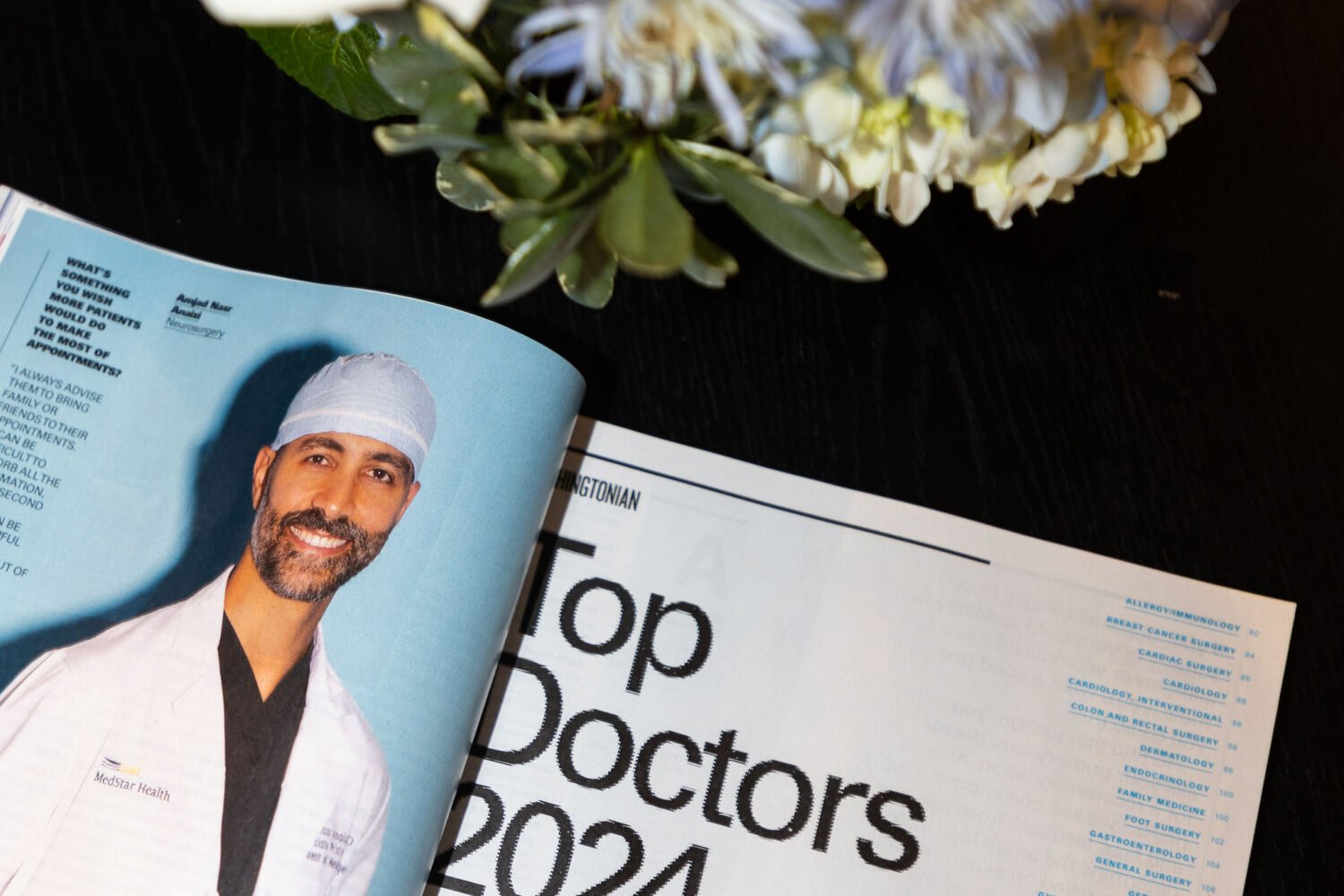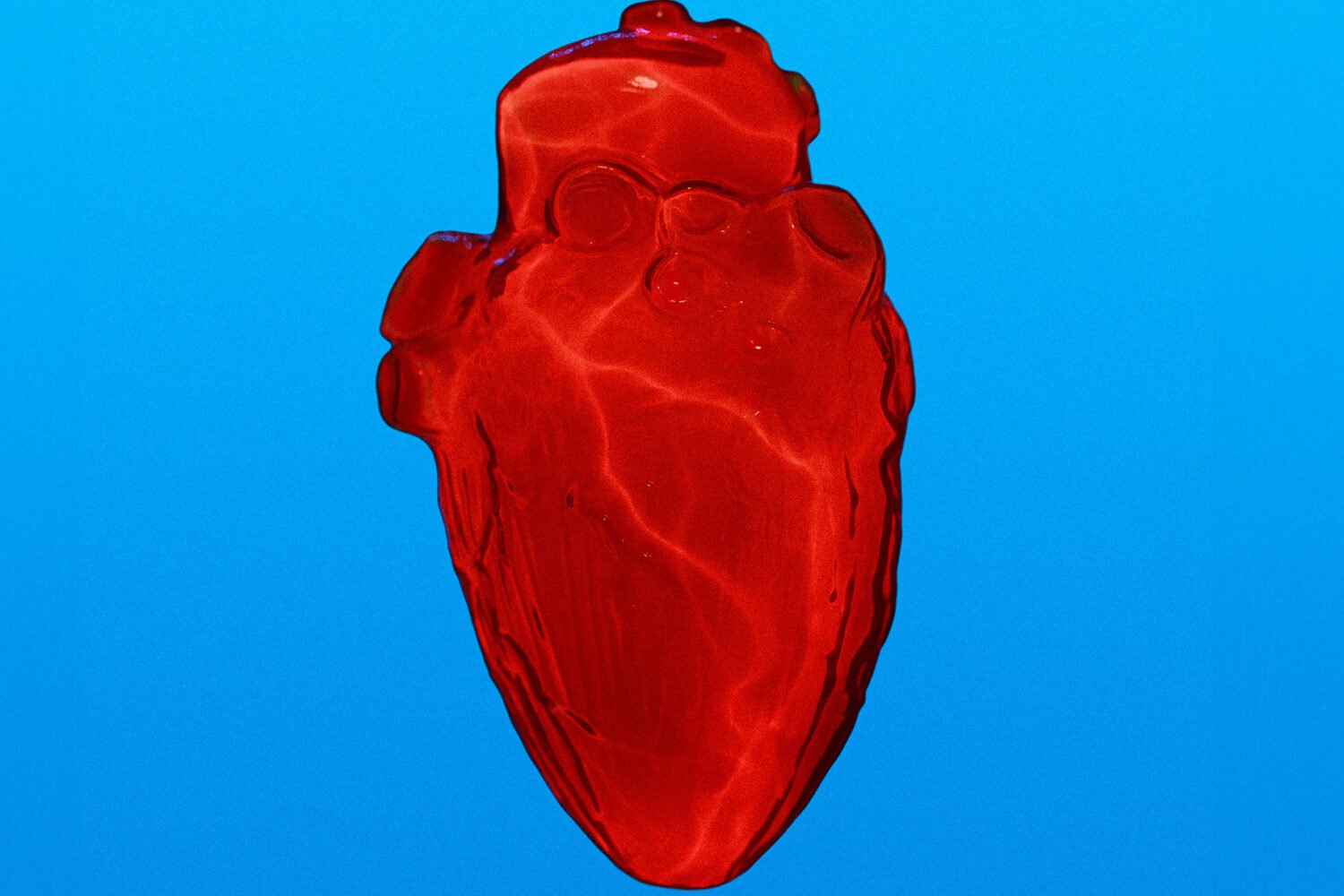It’s noon on a Thursday, and Dr. Brian Gray of Giannini Gray Dental Partners is standing in the dental-care aisle at the Tenleytown CVS. He’s the kind of guy you’d want as a dentist: friendly, talkative, laid-back (his response to my calling him Dr. Gray: “Dude, call me Brian”), with a glorious set of ivory chompers.
“Look at all this stuff,” he says, gesturing at the human-high and several-humans-long row of mouthwashes, toothbrushes, whitening kits, floss, toothpaste, night guards, and everything else anyone with a mouth could want. “There’s more toothpaste here than there is in some Third World countries, right? This is crazy!”
You can break dental-aisle shoppers into two categories, Gray explains: the hunters and the gatherers. Gatherers rush into the store, grab what they need, and are out in a flash. Hunters take their time, reading the labels and comparing Crest’s claims with Colgate’s, trying to find the product that will work best for them.
Those are the ones who often get suckered into shelling out more than necessary, he says. Gray wants to let you in on a secret, one most dentists won’t tell you: A lot of the stuff you see in the dental aisle is all bark, no bite (pun very much intended).
Take toothpaste. “There are very few things that are different,” Gray says of the brands, picking up a box and looking at the ingredients. “It’s all shelf space. It’s all branding.”
Don’t get swayed by minty breath strips or whitening additives, he says. What you really want is fluoride: “The bottom line is if you’re getting fluoride, we’re happy.”
You’ll typically find either sodium fluoride or stannous fluoride in toothpaste, says Gray, and either is fine. If you have sensitive teeth, seek out toothpaste containing potassium nitrate, which you’ll find in brands such as Sensodyne.
In addition, Gray suggests making sure your toothpaste has an American Dental Association Seal of Acceptancel. From there? Just go with price. (For the record, he buys Arm & Hammer because he likes the taste.)
Same with toothbrushes. Stick to a soft or medium bristle and you should be okay, he says. Don’t get caught up in the sexy advertising of brush design and cushioned grip. Gray’s take: “Really? Do you think the bacteria knows the different colors of bristles?”
As long as you’re a careful brusher, you don’t even really need to spring for an electric toothbrush. Gray does recommend them for the elderly or those with physical limitations, because electric brushes take up some of the work. (Again for the record, he uses an electric brush at night and an old-school one in the morning, mainly because he keeps it in the shower.)
As he moves down the aisle to perhaps the biggest marketing hotbed of all—the whitening section—he’s blunt: “Whitening is whitening is whitening. Do not let someone tell you elsewise, because I’ll call bullshit.”
So, yes, the Crest Whitestrips are ultimately just as effective as professional—and much pricier—laser whitening treatment. The only difference is the length of time it takes to brighten your teeth and the amount of hydrogen peroxide each method contains, he says. Sure, getting a stronger laser treatment at your dentist will be quicker than going the drugstore route, but it will have the same result.
To whiten on the cheap, you can even pick up a bottle of hydrogen peroxide, dilute it in a bit of water, and swish it around your mouth, says Gray.
As for mouthwash—just go with whichever brand you like that contains fluoride. Gray is also a fan of mouthwash with chlorine dioxide, such as CloSYS or Smart Mouth, because it helps prevent bad breath and maintain healthy gums.
But keep an eye out for the ingredients zinc and cetylpyridinium chloride, he says—they can stain some people’s teeth. (In Gray’s medicine cabinet? The original Listerine, which he calls “rocket fuel.”)
When we reach the dental-floss section, he establishes a clear hierarchy. The best kind is woven, he explains, as it can grab and remove more plaque between teeth. Next-best is unwaxed plain floss, then waxed. The worst kinds? “Glide” floss and individual floss picks.
“Glide goes between the teeth super-easy—boom, boom, boom,” says Gray of its Teflon-like coat, “but it’s not picking up anything. It’s not doing any work.” For their part, floss picks don’t wrap around the tooth, making them less effective, he says, not to mention that they’re a waste of plastic. (He is, however, a fan of the individual “soft picks” that go between teeth.)
So the TLDR of Gray’s dental guide? Make sure your toothpaste and mouthwash contain fluoride, look for potassium nitrate for sensitive teeth and peroxide for whitening, use a soft-bristle brush, and buy woven floss.
From there? “Then it just becomes: What do you like?” says Gray. “What’s your favorite flavor?”
Don’t worry—there are many, many, many to choose from.
This article appears in the September 2019 issue of Washingtonian.

